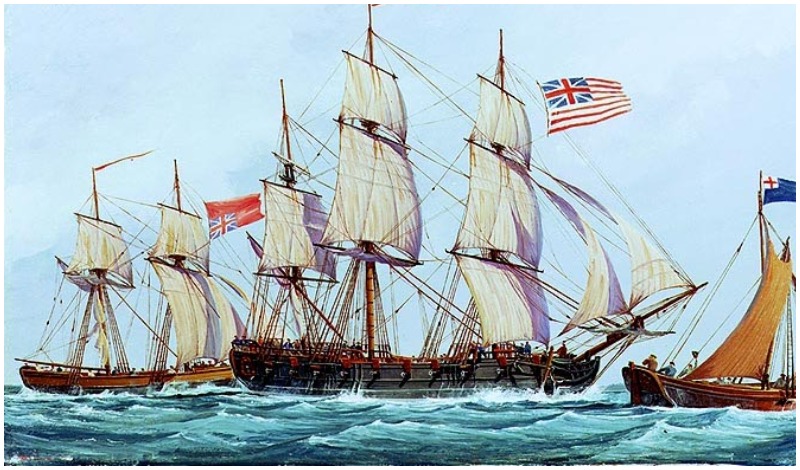The term ‘Limey’ had its heyday during the early 20th century where it was used as a shorthand reference for English emigrants arriving in America, South Africa and Australia.
Its roots come from the British navy’s use of lime juice to cure scurvy during the late 19th century.
Scurvy has the dubious honor of being one of the oldest recorded nutritional deficiencies in human history.
Mostly thought of today as a strictly seafaring issue, it is found throughout history both at sea and on land in places where malnutrition is high and fresh food is in low supply.
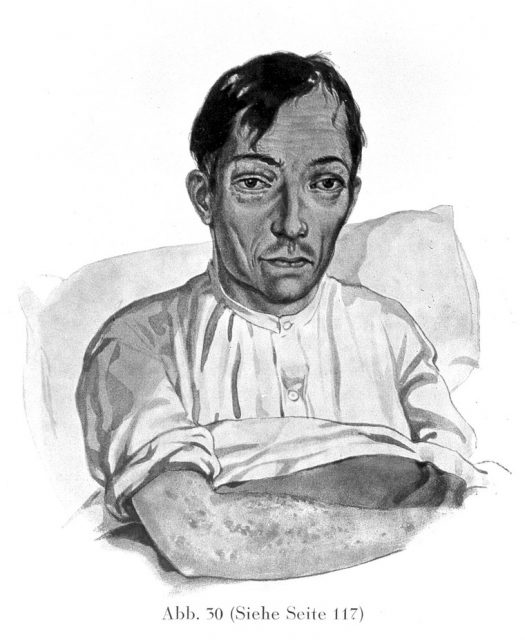
The cure for scurvy has a long history of missteps and well-meaning but misguided hypotheses; we understand now that scurvy occurs due to depleted levels of vitamin C (ascorbic acid) in the body and that scurvy is prevented by daily doses of ascorbic acid from citrus or other sources.
The 16th century was a time of great upheaval and invention; the great empires of the west began to unfold across the globe and with this expansion came greater lengths of time spent at sea, with scurvy being documented as only being cured by citrus fruits.
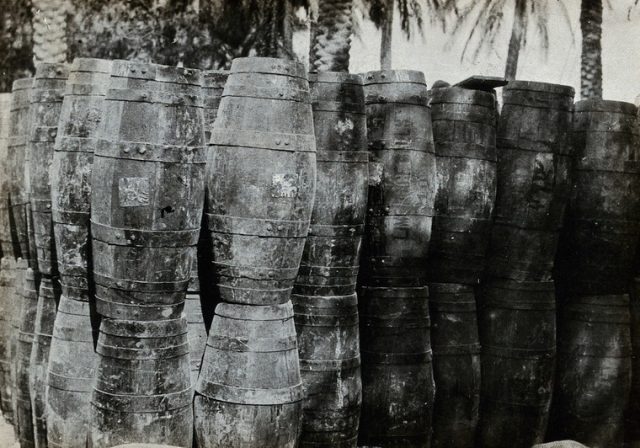
Lime juice for the treatment of scurvy, issued to soldiers on the British Front in Iraq. Photograph, 1914/1918. Photo by Wellcome Collection CC By 4.0
There is evidence for the use of citrus fruits and herbs in the treatment of scurvy from many different parts of the globe. The East India Company reportedly used lemon juice almost its entire existence, but it wasn’t until the 18th century that medical physicians in the United Kingdom began to take note.
18 Old English insults we need to bring back
Dr. James Lind (1716-1794) was a Scottish physician who is credited with completing one of the first controlled therapeutic experiments which he did on sailors who were struck with scurvy. Of his twelve subjects, the ones given daily citrus fruits made a full recovery.
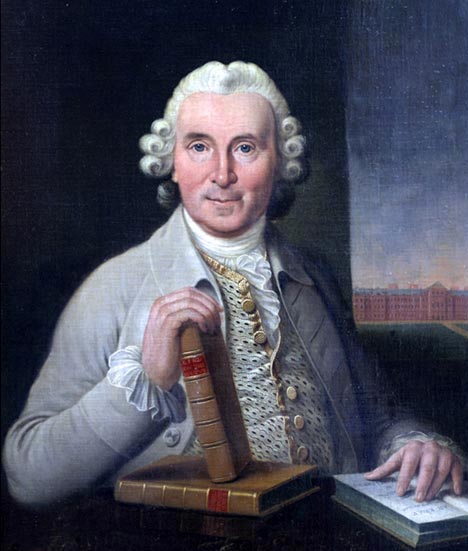
More setbacks followed, and it would take another four decades and many deaths at sea — the death tolls from scurvy far outstripping the deaths from combat — before the Royal Navy began to take citrus seriously.
As the Encyclopaedia Britannica reports, “When it was finally adopted by the Royal Navy in 1795, scurvy disappeared from the ranks ‘as if by magic’ and it became a daily supplement to all naval fleets.”
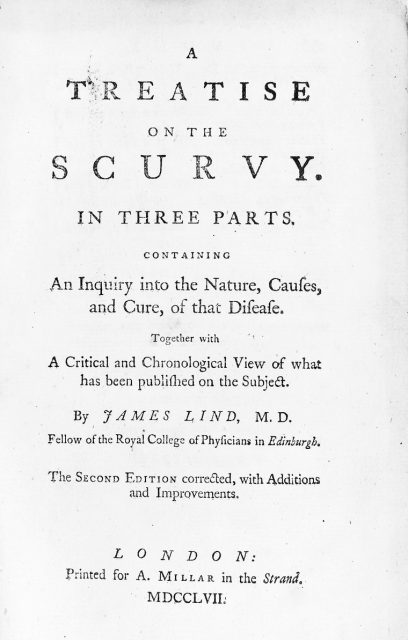
By 1860, much of the world was a colony of another place, and each great power had their own fleet. The admiralty of the British navy oversaw the switch from European lemons to the more expensive West Indian limes because they were being farmed on British plantations and were assumed to be more effective at beating scurvy. It was this decision that gave birth to the term “Limey” and is generally agreed to have been a mistake of ignorance and patriotism.
We now know that limes have around 40% less ascorbic acid than lemons and that vitamin C loses its potency over time. The lime juice supplied to the British Navy was often left exposed to fresh air, and when combined with the copper vessels used in the bottling process, it had almost no vitamin C left to speak of by the time it was taken on board.

Luckily for the British, the time spent travelling at sea had been reduced due to the introduction of steam power, so the mistake went unnoticed until the dawn of polar exploration.
Read another story from us: Guinness Brewery Signed a Lease for 9,000 Years
Unluckily for those early polar explorers, the lack of vitamin C in the lime juice lead to a resurgence of scurvy and a new wave of misunderstanding about its causes. It wasn’t until 1932 that vitamin C was categorically identified as the main curative factor in scurvy.
These days, science has shown that a diet of fresh food is enough to combat scurvy and the term “Limey” has fallen out of fashion, along with the naval preference for lime juice.
